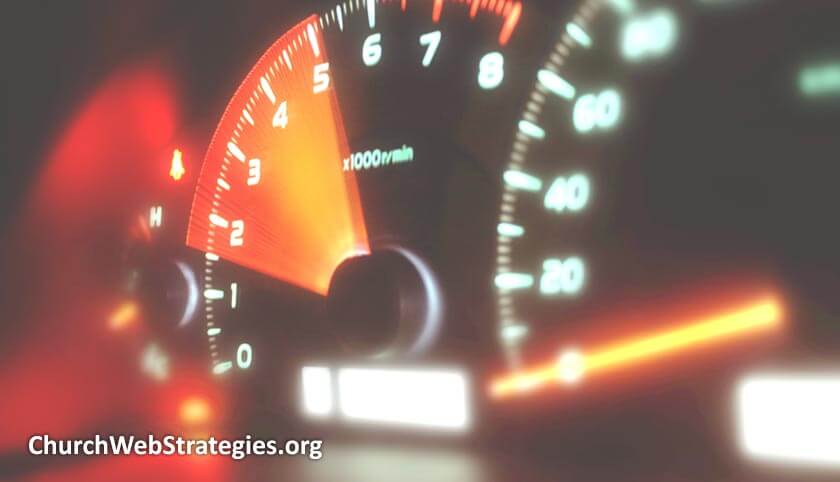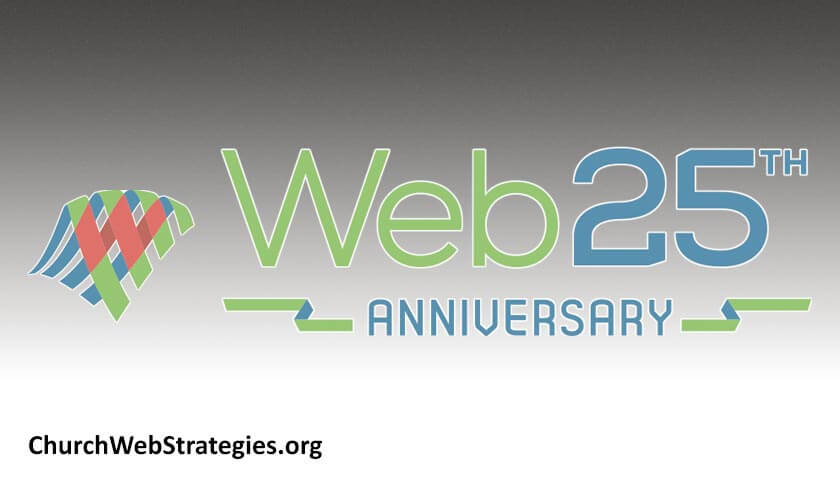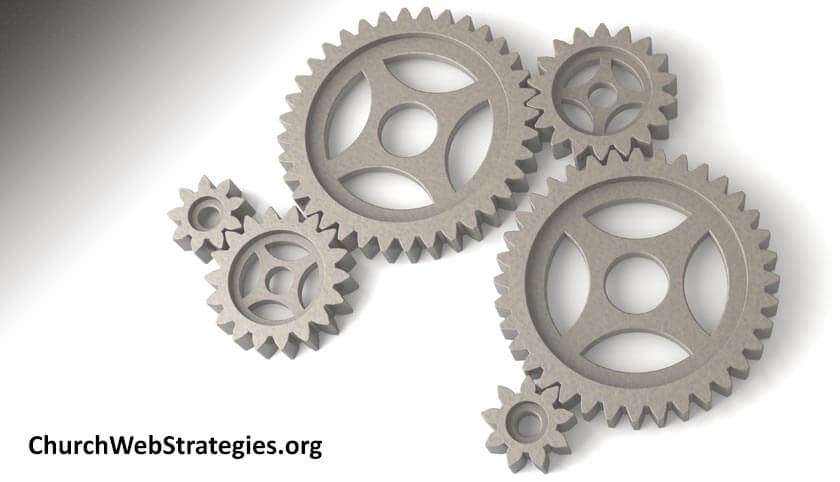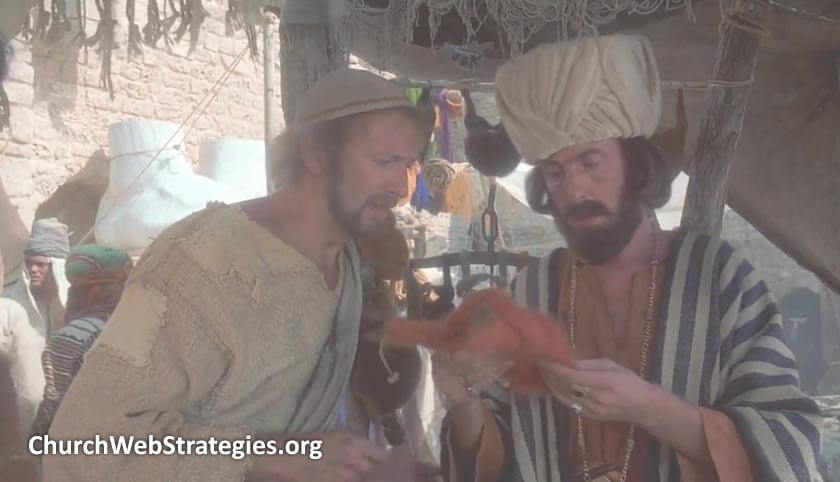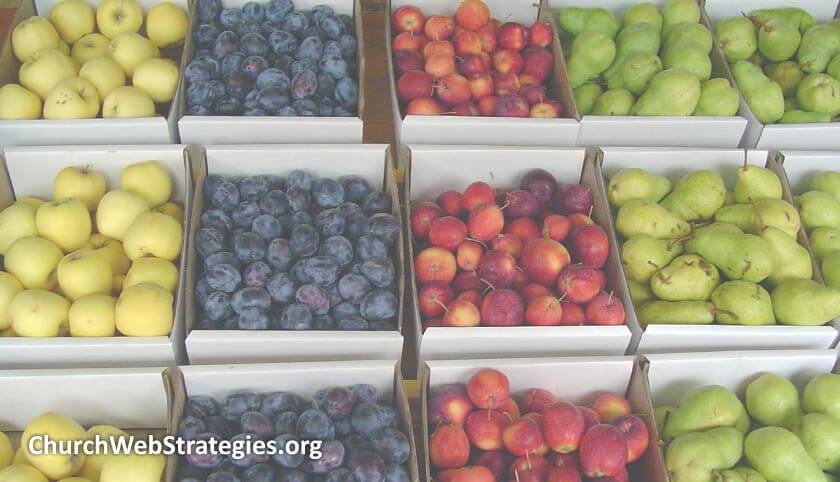Sandboxes are an amazing place for children to play. They can dig, build, explore, and imagine so many things. As a child, castles, caves, and racetracks were some of my favorite creations. Yet I never recall being upset that those creations would crumble in a few days. It was the journey, not the destination that was the fun part. Websites are all too often the exact opposite. It is a rush to build the site and exploring ideas is often viewed as wasted effort. This article advocates the use of a website sandbox; a space to let imagination run wild and God’s creative spirit to flourish.
Category: Church Website
The church website is the bedrock of any digital ministry. It is the hub nearly all digital ministry actions flow through. They may start on social media or an email list, but quickly move to your website for further action. These articles deal with optimizing, tweaking, and fully revamping your website.
Responding to Responsive Websites
In my series on mobile I discussed the various kinds of approaches you can take to mobile sites; with a responsive website as the clear leader. Yet I am seeing the term “responsive website” casually thrown around on many other blogs and realize that it is still the latest buzzword with a nebulous definition. Many people understand that it means the website will change to adapt to the size screen and device it is shown on. Yet a responsive website should be far more than just your existing website with breakpoints for tablets and phones. With the correct thought and approach, your church’s responsive website will provide value and not just another feature.
Continue reading “Responding to Responsive Websites”
Optimize for Speed
When you decrease the amount of time your website takes to download, you will increase the likelihood they will stay. This has been proven by studies conducted by several giants of the web, including Google and Amazon. They understand that time is money, and the longer someone spends waiting for a page to show up, the more agitated they become. When you optimize for speed, your church website visitors should be surprised with how quickly your site appears. This is especially true if they are viewing it on a mobile device over a cellular network, where every megabyte of data is money.
Continue reading “Optimize for Speed”
Why I Stopped Coding Websites
Even if you are not technologically savvy, you know that website coding standards, design, and security best practices change at an alarming rate. I am asking that church leadership and website team leaders consider saving time and money by moving to a content management system (CMS). In this article I will explain the reasons why I stopped coding websites and focused on producing quality content for my audience.
The Reason Your Church Website Exists
Without a World Wide Web, there would be no church websites, online ministry, or social media. Last week., on May 12th, 2014, we celebrated the 25th birthday of the web. Considering how dependent we are upon the web and the many things it enables, we should pause and take note. Most important would be the founding principles that Tim Berners-Lee had at the forefront when he proposed this new technology that would change the way we live our lives.
Continue reading “The Reason Your Church Website Exists”
Church eCommerce: Checkout and Fulfillment Options
If you made it this far in the eCommerce series, you can only guess that this last piece is about the checkout and order fulfillment process. The checkout process is obviously very important, as your customers are trying to give you their money, and it is your responsibility to make it as easy as possible. Also, your stocking and shipping practice is the other half of that contract. How quickly you can get your product to your customer, and how much you can automate it is a big piece in making your church’s checkout and fulfillment options truly work for you.
Continue reading “Church eCommerce: Checkout and Fulfillment Options”
Church eCommerce: Shopping Cart Tips
The shopping cart is one of the most critical pieces of an eCommerce experience. This critical piece of the experience is where your visitor prepares to give you money. As this part of the journey is so important, I will give you several tips on how to make that experience as easy as possible, remove frustration points, decrease cart abandonment, and increase sales.
Continue reading “Church eCommerce: Shopping Cart Tips”
Church eCommerce: Automatic Product Suggestions
If you decide to sell items on your church website, there are several e-commerce principles you can apply that do not require much regular intervention. I hope that last week I did not scare you off with the previous article on curated suggestions. Rest easy that these automatic product suggestions are defined once and should run indefinitely with only minimal oversight. I believe they can still generate some serious revenue as you offer product suggestions based on your church’s sales data.
Continue reading “Church eCommerce: Automatic Product Suggestions”
Church eCommerce: Curated Product Suggestions
By simply showing a link to your online store, you are suggesting they might want to visit and purchase items from it. However you can take this concept of suggesting things to people much further. If done intelligently, it can benefit both the customer and the church. This article will outline curated product suggestions, which are ones that involve manual input and help. Plus many of these principles can be applied to suggesting content to your audiences.
Continue reading “Church eCommerce: Curated Product Suggestions”
Church eCommerce: Storefronts and Navigation
How are your products displayed?[/caption]In the previous article I presented the idea that churches may be in the business of selling physical and digital products online. Pastors are writing books, church bands are recording CD’s, and associated groups are producing a wide array of products that customers outside of the church are interested in buying. I laid out the main points of having a good item detail page, but like any good content, how you find it is vastly important. This article outlines the key points you must consider when creating a viable eCommerce storefront and shopping navigation.
Continue reading “Church eCommerce: Storefronts and Navigation”
Church eCommerce: Item Information
With more pastors writing books and worship bands recording CD’s, it is becoming more common for churches to feature products on their website they wish to sell. Even smaller churches may want to consider this. As more and more commerce moves to the digital space, why not sell Mother’s Day flowers and tickets to your spaghetti dinner through your church website. Regardless of the approach and services you choose, you should have a top notch item information page.
Continue reading “Church eCommerce: Item Information”
Local Search for your Church
Because churches traditionally have physical locations, the majority of searches for churches have locational context. As search engines have evolved, they realized this key component and integrated it into their search results. The prime example of this is Google’s integration of their search, maps, and location listings. If you execute a search for “pizza”, you will not get a global listing of pizza shops, but (especially if you are on a mobile device) ones closest to your geographical area. Given this illustration, you can see how optimizing and promoting your church for local search is of great importance. Here are three steps for accomplishing this.
Continue reading “Local Search for your Church”



